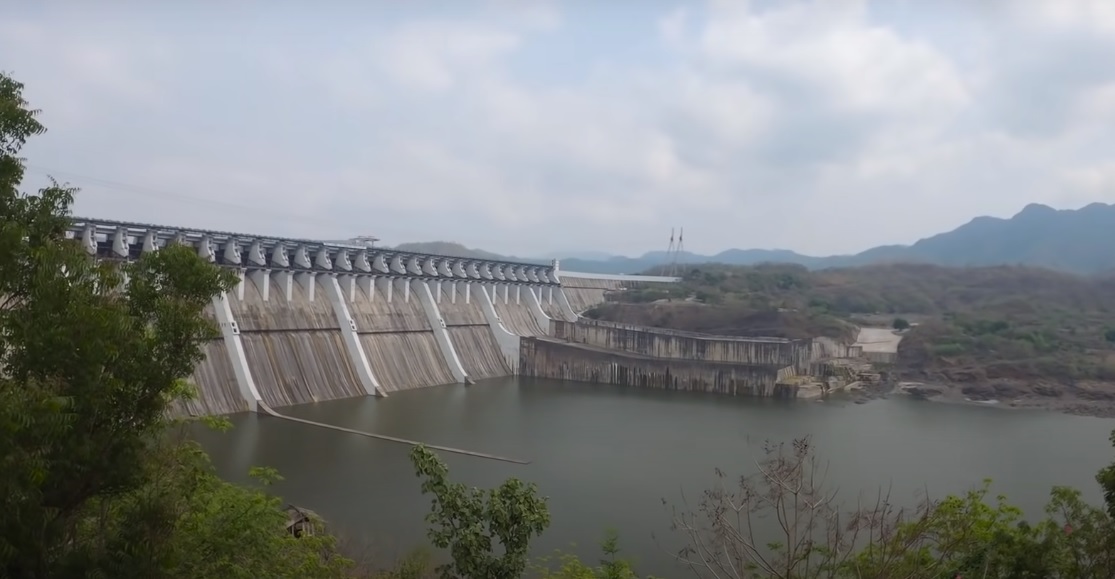The Sardar Sarovar Dam, a colossal engineering achievement, stands as a testament to human ingenuity and the indomitable spirit of progress. Located on the Narmada River in the western Indian state of Gujarat, the dam has changed the lives of millions of people, providing water for irrigation, generating electricity and reducing the risk of floods.
In this article, we will talk about the history, design, significance and controversies of Sardar Sarovar Dam.
The idea of harnessing the potential of the Narmada River for irrigation and power generation was conceived in the middle of the 20th century. The visionary behind this ambitious project was Sardar Vallabhbhai Patel, the first Deputy Prime Minister of India, who played a key role in the integration of the princely states into newly independent India.
Initial discussions and surveys for the dam began in the 1940s, but it was only in the 1980s that serious efforts were made to realize the dream. The project gained momentum under the leadership of Prime Minister Indira Gandhi and was named in honor of Sardar Vallabhbhai Patel, who saw it as the foundation for the development of the region.

Location
The Sardar Sarovar Dam is situated on the Narmada River in the western Indian state of Gujarat. The Narmada River is one of the major rivers of India, flowing through the states of Madhya Pradesh, Maharashtra, and Gujarat before emptying into the Arabian Sea.

Dam Benefits
Irrigation
The primary objective of the Sardar Sarovar Dam Project was to provide water for irrigation. The dam’s reservoir feeds an extensive network of canals and pipelines that distribute water to more than 1.8 million hectares of agricultural land in the states of Madhya Pradesh, Maharashtra and Gujarat. This has increased agricultural productivity, improving the livelihoods of countless farmers.
Hydroelectric energy production
The dam hosts an important hydroelectric power plant with an installed capacity of 1450 MW. It plays an important role in meeting the energy demands of the power generation sector, reducing dependence on fossil fuels and reducing greenhouse gas emissions.
Flood control
The Narmada River was historically known for its seasonal floods, which brought large-scale devastation to the surrounding areas. Flood control mechanisms have been incorporated in the construction of the Sardar Sarovar Dam, which has reduced this threat to a great extent, giving a sense of security to the communities living in the downstream areas.
Drinking Water Supply
The dam serves as an important source of drinking water for both urban and rural communities in Gujarat. Clean and reliable drinking water is a fundamental requirement for human health and well-being.
Industrial application
The availability of water from the Sardar Sarovar Dam has facilitated industrial development in the area. Industries such as manufacturing, textiles and chemical processing depend on a steady supply of water for their operations.

Entertainment and Tourism
The creation of the Sardar Sarovar Reservoir has provided a beautiful backdrop for tourism and recreational activities. The shores of the reservoir provide opportunities for boating, fishing and other leisure activities, statue of unity, attracting tourists and generating economic activity.
Livelihood Diversification
The availability of water for irrigation has allowed farmers to diversify their crops and increase their agricultural output. As a result, new livelihood opportunities like horticulture and floriculture have emerged.
Rural Development
Improved agricultural productivity and water availability have promoted rural development in the surrounding areas. This includes development of infrastructure, educational institutions, health facilities and other essential services.
